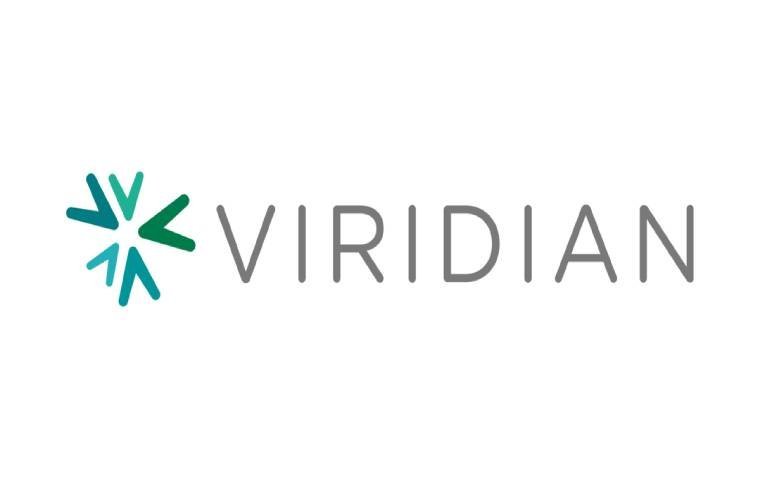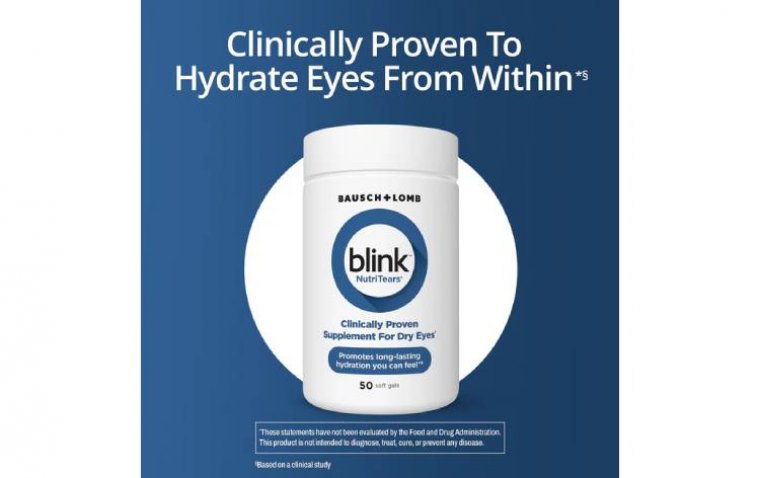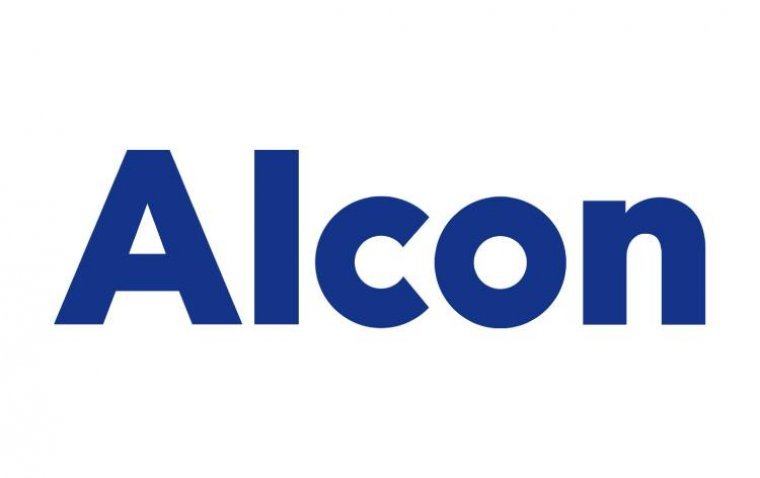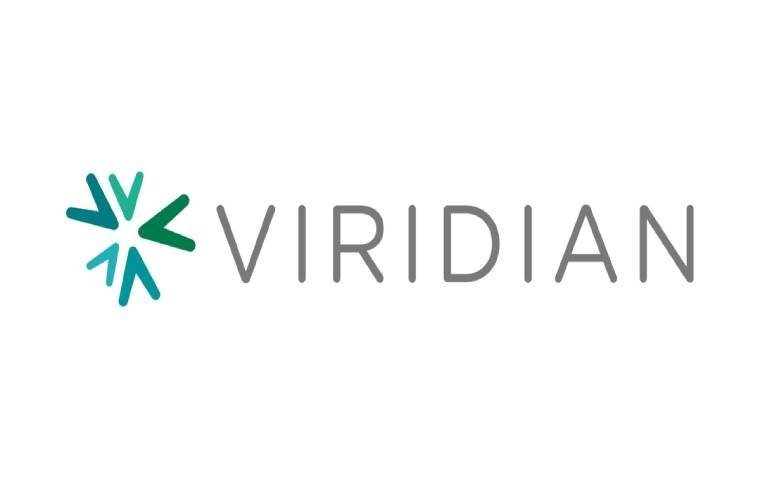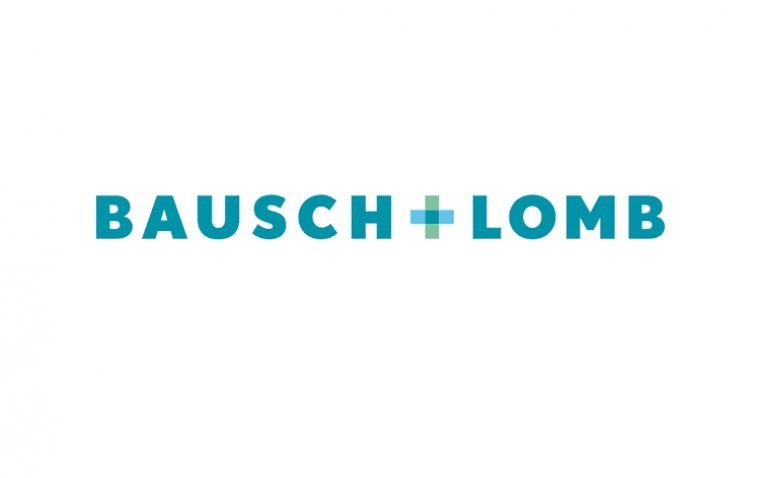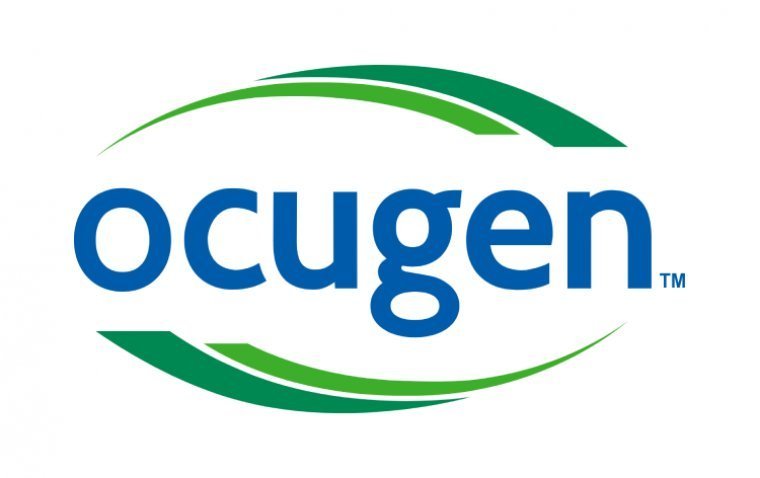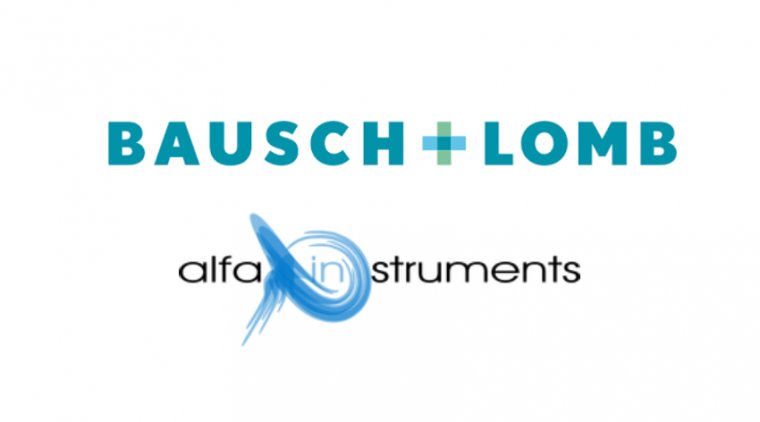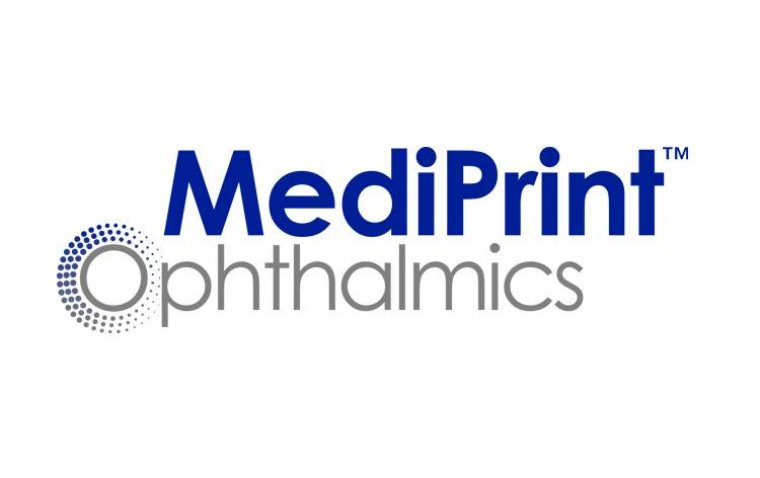
MediPrint Ophthalmics Completes Drug-Eluting Contact Lens Study for Glaucoma
MediPrint Ophthalmics has successfully completed its SIGHT-2 phase 2b study, showcasing the efficacy of its innovative product, LL-BMT1, against a control group using bimatoprost 0.01% ophthalmic solution. LL-BMT1, a preservative-free, weekly drug-eluting contact lens, utilizes the company’s 3D printing technology, setting a new standard in glaucoma treatment.
Phase 2b Study Insights: Safety and Efficacy
The study, an active-controlled, randomized, dose-finding, multicenter trial, was designed to assess the safety and efficacy of LL-BMT1 in patients diagnosed with open-angle glaucoma. Conducted over a span of 3 weeks and involving 28 participants, the trial demonstrated that both LL-BMT1 and the control group achieved a significant reduction in intraocular pressure (IOP), approximately 30% from baseline, mirroring the efficacy of Lumigan 0.01% eye drops as reported in existing literature
Remarkably, the trial noted no serious treatment emergent adverse events, with the lenses being well tolerated by participants. Additionally, an assessment using the CLDEQ-8 questionnaire highlighted substantial improvements in dry eye symptoms and end-of-day comfort for contact lens users, signaling a leap in patient comfort and lens performance.
Expert Insights on Study Outcomes
Dr. Houman Hemmati, MD, PhD, a member of MediPrint Ophthalmics' Scientific Advisory Board, expressed his enthusiasm about the study's outcomes, stating, "We are pleased with the Phase 2b results showing that our innovative bimatoprost eluting contact lens that also releases the lubricant HA simultaneously not only achieves significant sustained IOP reduction but does so with the promise of enhanced patient comfort, compliance, and convenience. This marks a significant leap forward in glaucoma management with contact lenses."
Future Steps: Scaling Production and FDA Engagement
With these promising results, MediPrint Ophthalmics has developed a scalable manufacturing process at its San Diego facility and is preparing to engage with the FDA for an end-of-phase 2 meeting, aiming to advance LL-BMT1 to phase 3. The company is eager to share detailed data findings at upcoming meetings, signaling a bright future for glaucoma management and patient care.
About Open-Angle Glaucoma
Open-angle glaucoma, the most common form of glaucoma, is a chronic condition characterized by the gradual loss of vision due to damage to the optic nerve. This damage often results from an increase in intraocular pressure (IOP), which can occur when the eye's fluid drainage system becomes inefficient over time. Unlike other forms of glaucoma, open-angle glaucoma progresses slowly and is often called the "silent thief of sight" because it typically does not present with early symptoms. By the time individuals notice vision loss, the damage is usually significant.
(1).jpg)

